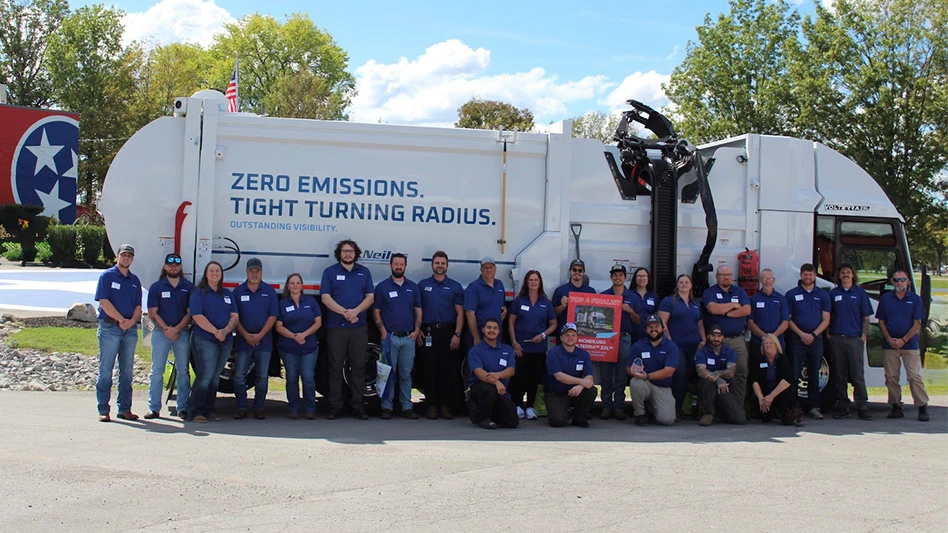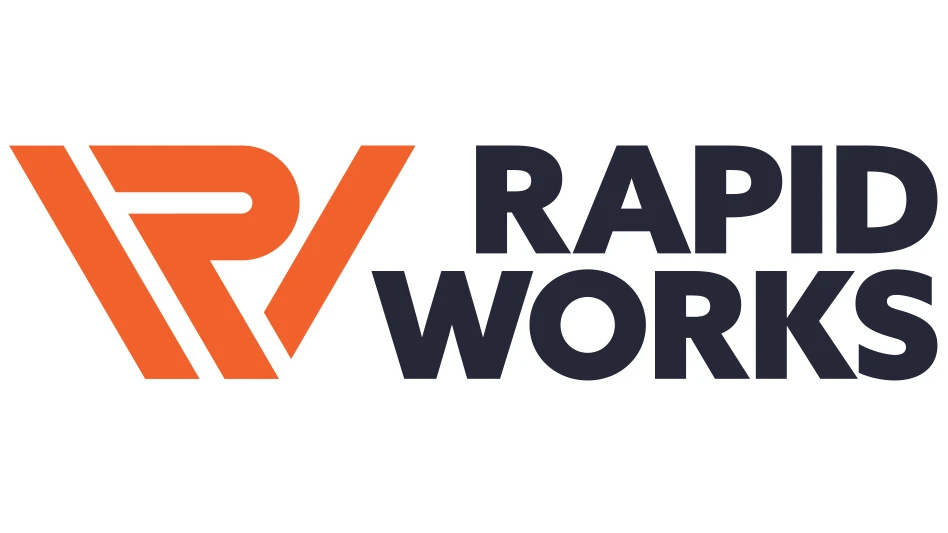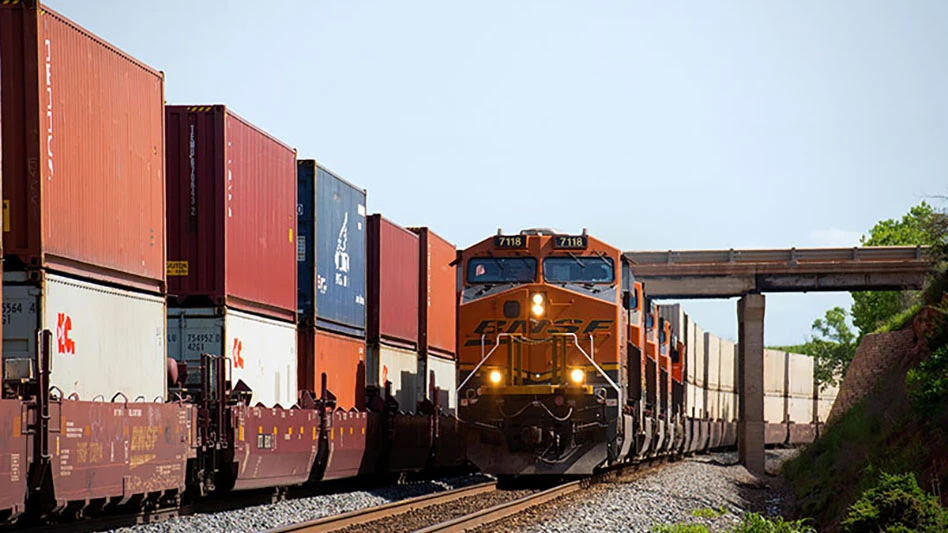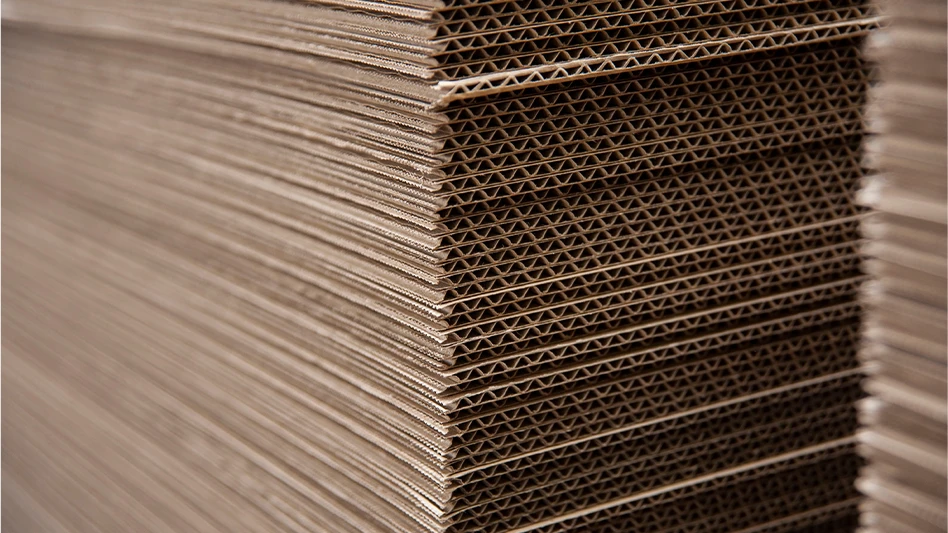
© Norman Chan - dreamstime.com
With the holiday season approaching, many packaging firms have reported “healthy demand” for boxes and containerboard in recent months. Several domestic mill operators say business has been robust lately.
One mill buyer based in the Midwest says operations have come back “quite strong” in the latter half of the year. He adds that it’s hard to say what specific factor has helped domestic mills run better this fall; but, he says, “E-commerce is a big part of it. It’s the growth of at-home buying really across the board. Manufacturing has come back strong as well; I’d imagine there has been some inventory rebuilds factoring into this after shutdowns.”
Several large packaging firms, including Sonoco, Greif and WestRock, increased their recycled paperboard prices or containerboard prices in November, as well.
“Demand for containerboard is very strong,” a mill buyer in the South says.
With domestic mills operating well, demand for old corrugated containers (OCC) seems to be holding steady. The mill buyer in the South says OCC markets are more “balanced” than they had been last year and even earlier this year.
“Even though domestic demand is up, Chinese companies are now out of the market completely,” he says. “That has allowed for more [OCC] tonnage to be available domestically. Some other Asian countries have picked up purchases in November. But, for all intents and purposes, corrugated is balanced.”
On the flip side, material recovery facilities (MRFs) are seeing more OCC arrive via residential single-stream recycling programs lately. A MRF operator in the Midwest says his city audited its material stream for this year, and compared with 2019, the city has seen a 7 percent increase in incoming OCC while mixed paper declined 13 percent. Some of that OCC, such as very small boxes used for e-commerce, also are winding up in the MRF’s mixed paper, he says.
“It’s still not a cardboard bale by any means, but mixed paper has become more kraft-rich,” he says. The MRF operator adds about 2 percent to 3 percent of his OCC ends up in mixed paper today.
Mixed paper prices inched up again in the November buying period, with the MRF operator noting that the price gap between OCC and mixed paper has been closing lately. He says more containerboard mills are finding ways to incorporate mixed paper into their furnish, especially as its quality has improved since China’s National Sword policy went into effect and MRFs have installed technology to clean up recovered paper streams.
Despite the improvement, a West Coast-based broker adds that it hasn’t totally changed the fact that mixed paper will always be a slightly lower quality paper grade that will contain some prohibitives.
While new opportunities for mixed paper are available domestically, export markets are a different story. In late September, Vietnam announced plans to ban mixed paper imports by Dec. 31, 2021. The country’s prime minister issued a statement that details new import guidelines for recyclables. The statement identifies mixed paper by its harmonized commodity code and explains that the material will only be allowed for import until the end of 2021, according to the English translation of the statement.
The MRF operator says, “We’ve slowed our lines dramatically so mixed paper is only 2 percent contamination. But our mixed is beating the standard. Most mixed violates the standard; but it’s clean compared to what it used to be. Vietnam is saying mixed paper is too contaminated; it’s still 10 percent trash.”
“We have seen Malaysia, Korea, Indonesia and everybody worried in terms of importing ‘foreign trash,’” the broker on the West Coast says. “[Mixed paper is] the No. 1 item that probably contains a little bit more than normal of the prohibitives. It is the lowest furnish grade that we ship or export from the U.S.”
Demand for sorted office paper (SOP) and deinking grades also has remained challenged throughout 2020, primarily because of factors related to the ongoing pandemic. Although tissue mills had high demand for SOP and deinking grades in the first part of the year, demand has decreased for away-from-home tissue products that use recovered paper.
“If it wasn’t for this pandemic, the price of sorted office paper would be through the roof,” a recycler in the Upper Midwest adds.
But generation of that material also is down in most parts of the U.S. A recycler on the West Coast that recovers paper primarily from the commercial sector says generation has not returned to prepandemic levels. She estimates generation is down by about 40 percent this year.
“Many businesses are still remote,” she says. “A lot of companies have announced they won’t open until 2021, and some won’t come back since employees can work from home remotely indefinitely.”
Recyclers across the U.S. say securing reliable transportation also has been challenging this year. Trucking costs have increased because fewer trucks are on the road. With the pandemic, recyclers also say it has been tougher to get shipping containers on time.
“It seems like there is a trucking shortage,” the recycler on the West Coast says. “On the export side, the shipping lines are looking to reposition empty equipment in Asia, taking vessels offline.”
Latest from Recycling Today
- ReMA to launch virtual fiber-focused event
- DuPont announces winners of Tyvek Sustainable Healthcare Packaging Awards
- HRH Metals gets new owner
- ESGL files provisional patent for acidic waste metal recovery technology
- Alabama awards $2.5M in grants to boost recycling efforts
- Sourgum expands services to Indianapolis
- Tomorrow Recycling seeks investment opportunities
- ArcelorMittal endorses EU steel trade measures





